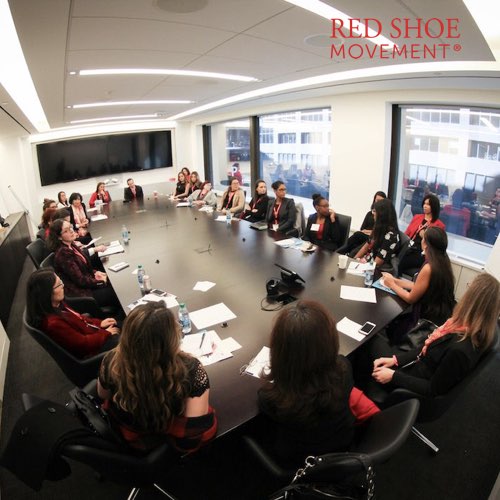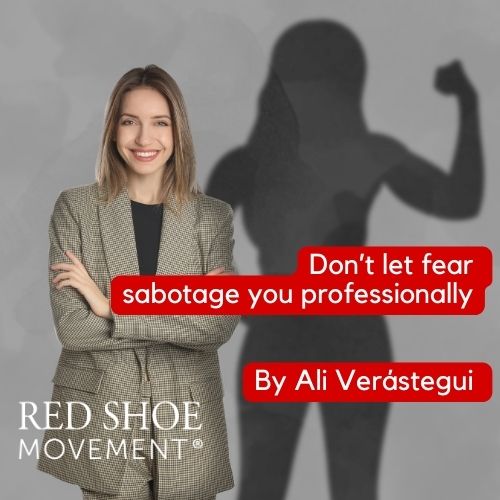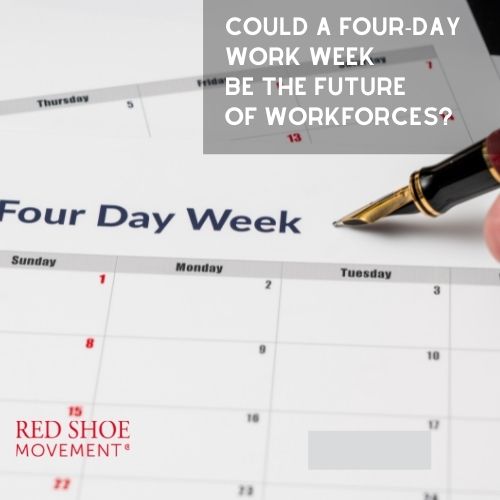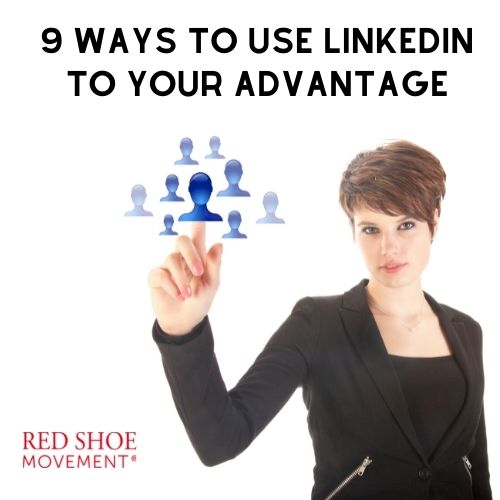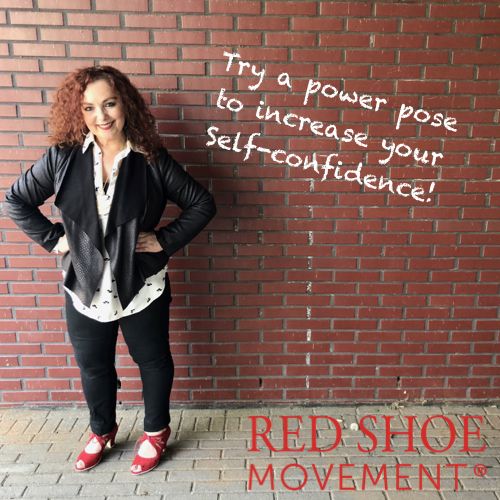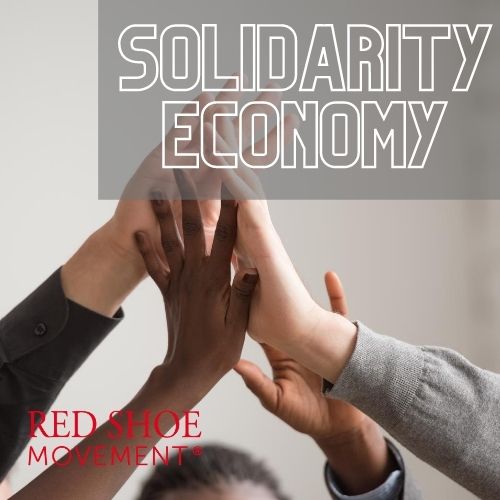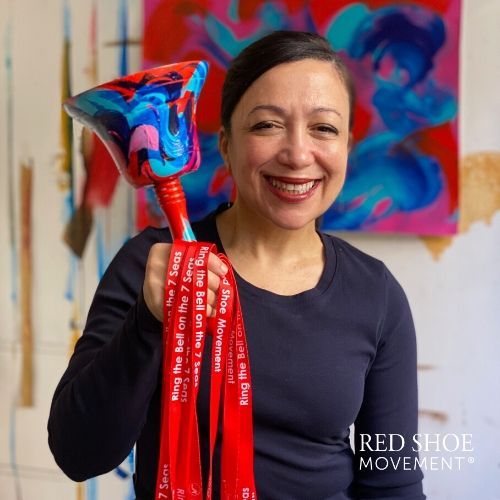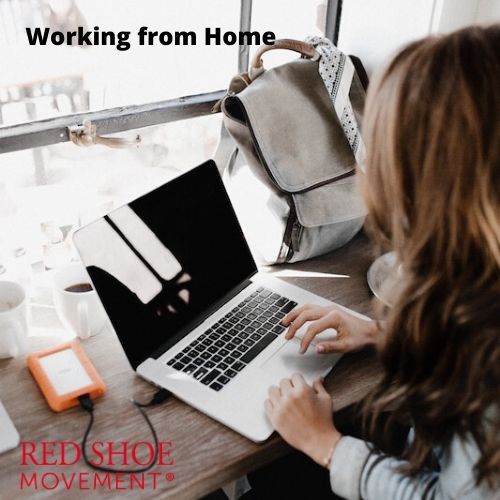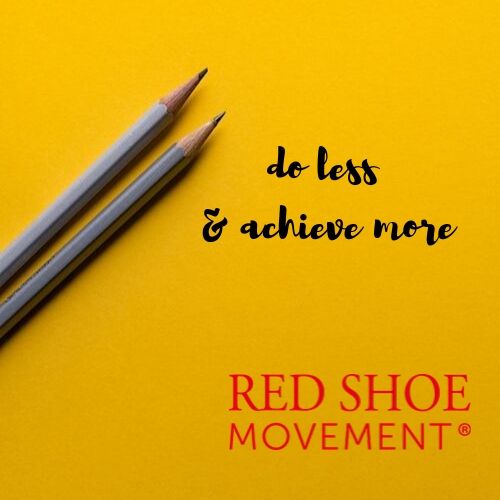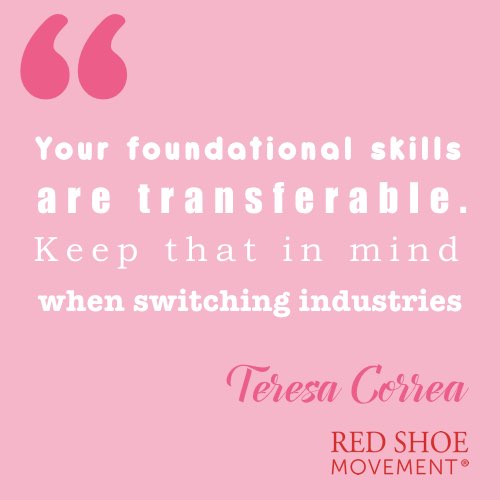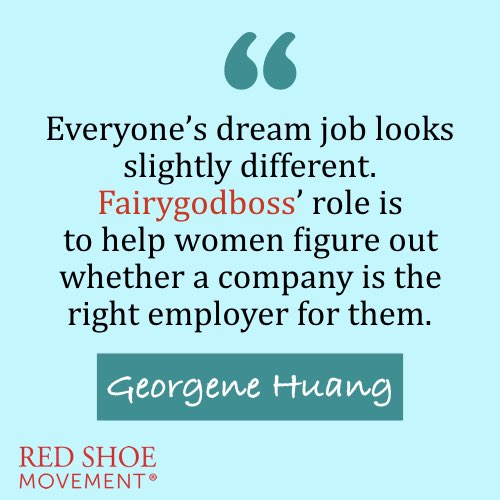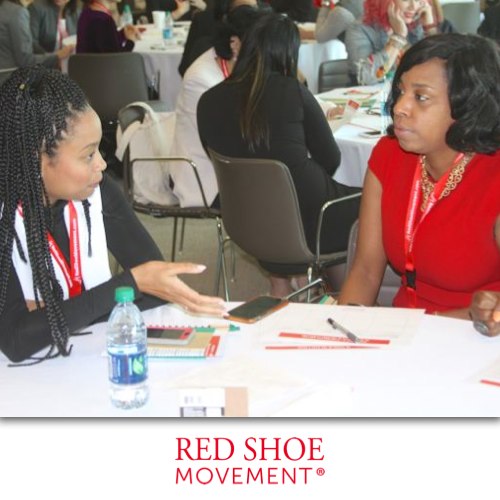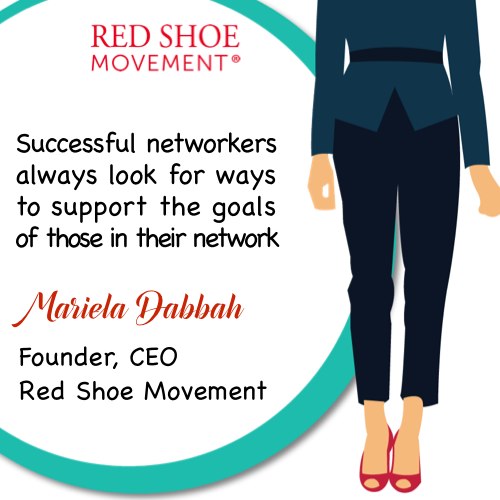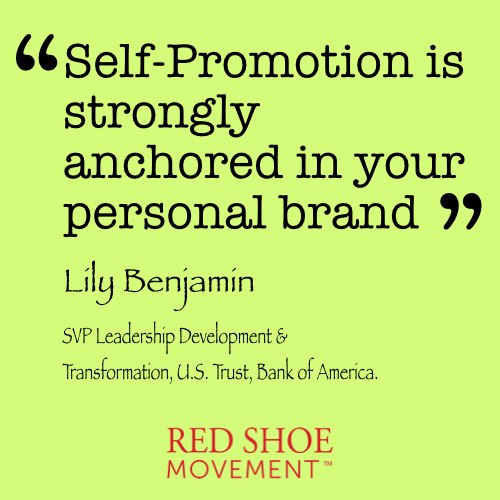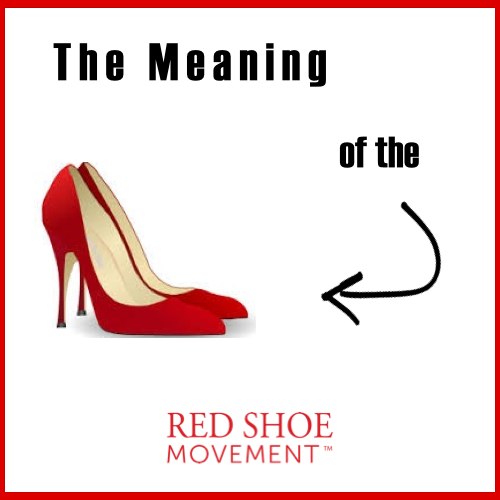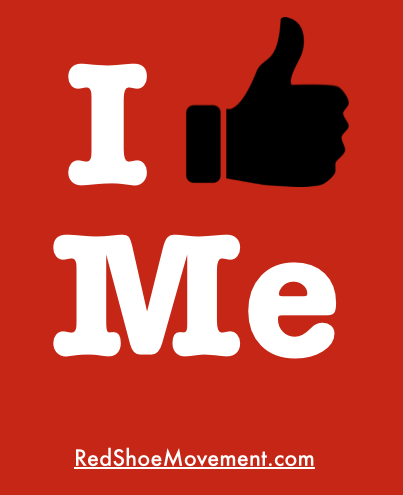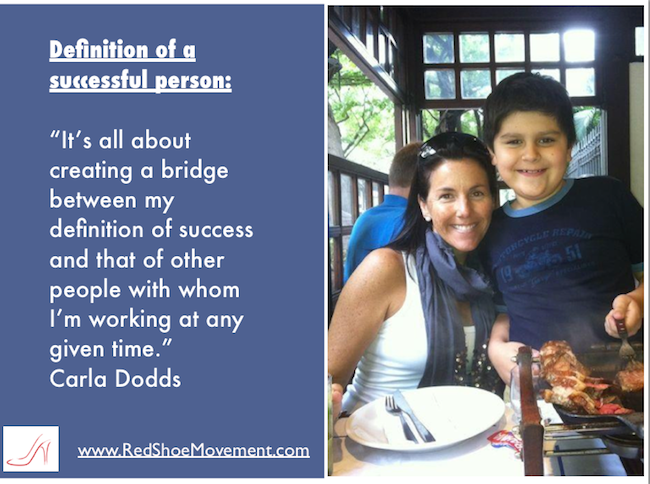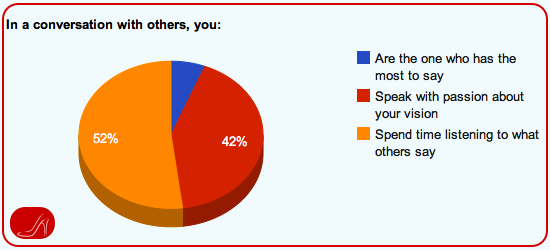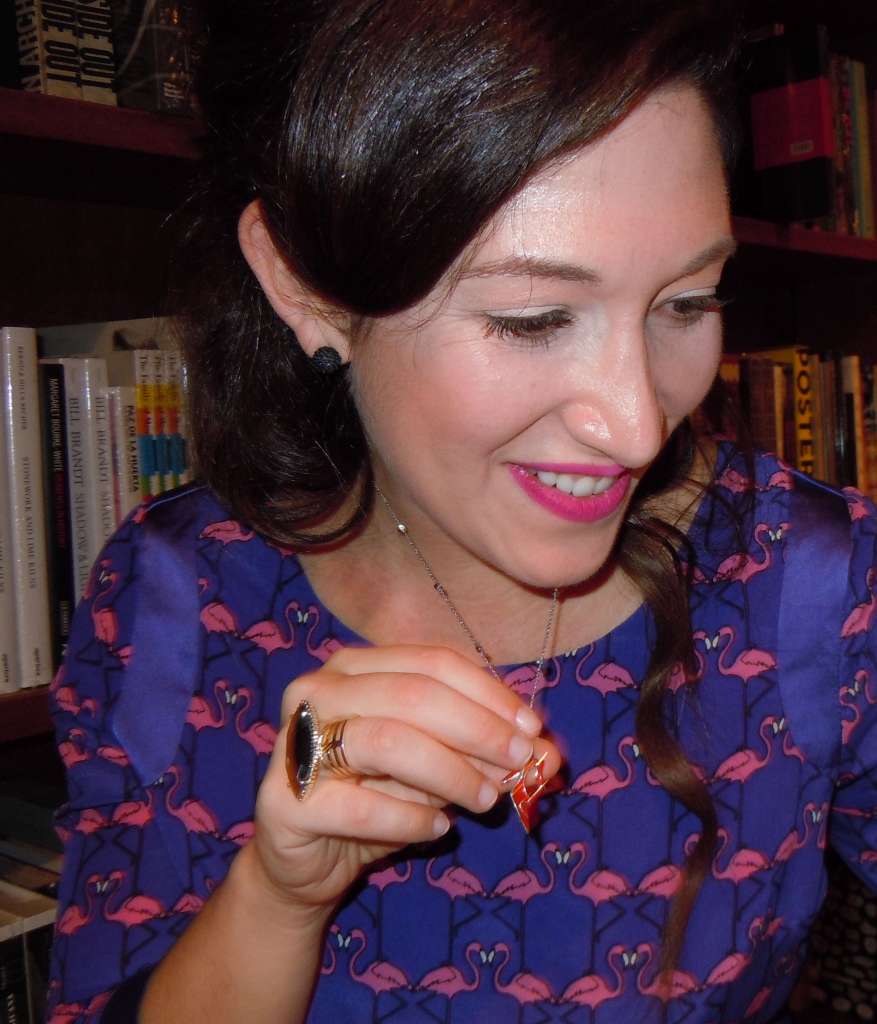My fellow corporate millennial divas, we often think it takes an executive title to empower us to take a seat at the table. I want you to know that you have the power, the voice and the means to take a seat at the table now. To quote the Glinda, The Good Witch from the Wizard of Oz, “You always had the power my dear, you just had to learn it for yourself.”
At one of my previous employers, an SVP advised our team, “You have to take a seat at the table and then earn it.” Over the years I’ve lived by this motto. It has led to my presenting to CMOs, regional presidents, obtaining sponsorship to attend an international meeting with marketing partners, being appointed to work on corporate strategic initiatives, and many other opportunities.
As we all know, female representation at the highest decision-making positions is low. So, how do you take a seat at the table when you are not invited to the meeting?

Four insights on how to take a seat at the table
1First, get out of your own way. At this very moment, stop giving life to the emotions you feel in connection to not getting the invitation to take a seat at the table. As Melissa Raffoni wrote in the Harvard Business Review, “Check your ego at the door.” The emotions cloud the actions you need to take to grab your seat at the table.
Let’s face it, when we don’t get an invitation to a meeting where our hard work will be shared, it’s inevitable to have feelings of rejection or of not being up to par. The lack of an invitation, however, could be due to reasons completely unrelated to us. For example, that the presentation is to a senior executive who only wants direct reports. The truth is that you will seldom find out the exact reason why you were left out, so don’t dwell on it because your emotions can hurt you from being a regular at the table.
The negotiation book, Authentic Negotiating: Clarity, Detachment, & Equilibrium, by Attorney and negotiating strategist Corey Kupfer, explains that even major deals are lost because emotions get in the way.

2Prepare to take a seat at the table. To take your seat at the table, you will need to have a conversation with the organizer to understand the details of the meeting and your role in it. Be clear and succinct with your points. And be sure to do a bit of prep work. According to Corey Kupfer, the majority of people bypass this preparation which is a mistake as it will keep you grounded on the message you want to communicate. You will avoid filler words and, as Kupfer says, ‘with preparation you’re much less likely to get triggered into emotions.’
Take a moment, even if it’s 10 minutes, to objectively write down the reasons why you think you should be part of a particular meeting. I have no doubt there are dozens of reasons why you should have a seat at the table, but you need to narrow them down to your top three. The point of this exercise is not to email your top three reasons to anyone. The point is to give yourself clear, concise talking points when you speak to the meeting organizer.
Here’s a great piece you may want to check out on moving from peer to team leader
3Time to Speak up. Once you have your top points reach out to the meeting organizer for a quick chat. Do it in-person if you happen to be in the same office. When you speak to the organizer, ask questions to understand what’s going on in the meeting. For example, what’s the meeting agenda, what is the main objective and expected outcome, who will be present, etc. Once you’ve heard the answers, you can begin to raise your talking points. Speaking up does not always guarantee you’ll take a seat at the table. The reasons why you may get turned down are too broad to even suggest here what to do if that happens. When I’ve gone through the above steps and was still told I could not attend the meeting, I took a step back to evaluate my next move.
FYI, in one case, I went through the steps I listed above and the business partner told me that the senior executive only wanted direct reports. But there have been other occasions in which the business partner “assumed” the senior executive only wanted direct reports, which turned out not to be the case. So after a little insistence on my part that this assumption be clarified, I was able to go.

4Now you’ve got a seat at the table- It’s time earn it. Once you have the seat at the table it’s time to speak up – ask questions, share your point of view. If you are like me, a woman and Latina and non-senior executive yet, you might find yourself as the minority at the table. Now, in a room where 75% of the talking during an average business meeting is done by men – what are the odds you’ll feel confident to chime in?
I was fortunate to have a mentor a few years ago within a former company who helped me breakout of this fear. The mentor was a senior executive and Latina and her words of advice were: “prepare, stay grounded on the facts, you were not invited to look pretty.”
So I share the same advice with you. Once you take a seat at the table you can’t waste the chance to let your voice be heard. You must do it not just for you but also for all the other women, particular non-white women who are out there without that opportunity. And for the benefit of your organization which can sure use a wider diversity of thought. If you stay quiet or just focused on fitting in all of your efforts will have been worthless. Ready to take your place in writing the next chapter of your organization?
If you’re ready to move to the next level and need a bit of help, check out the Red Shoe Movement Step Up Plus program. That’s what they do best!



